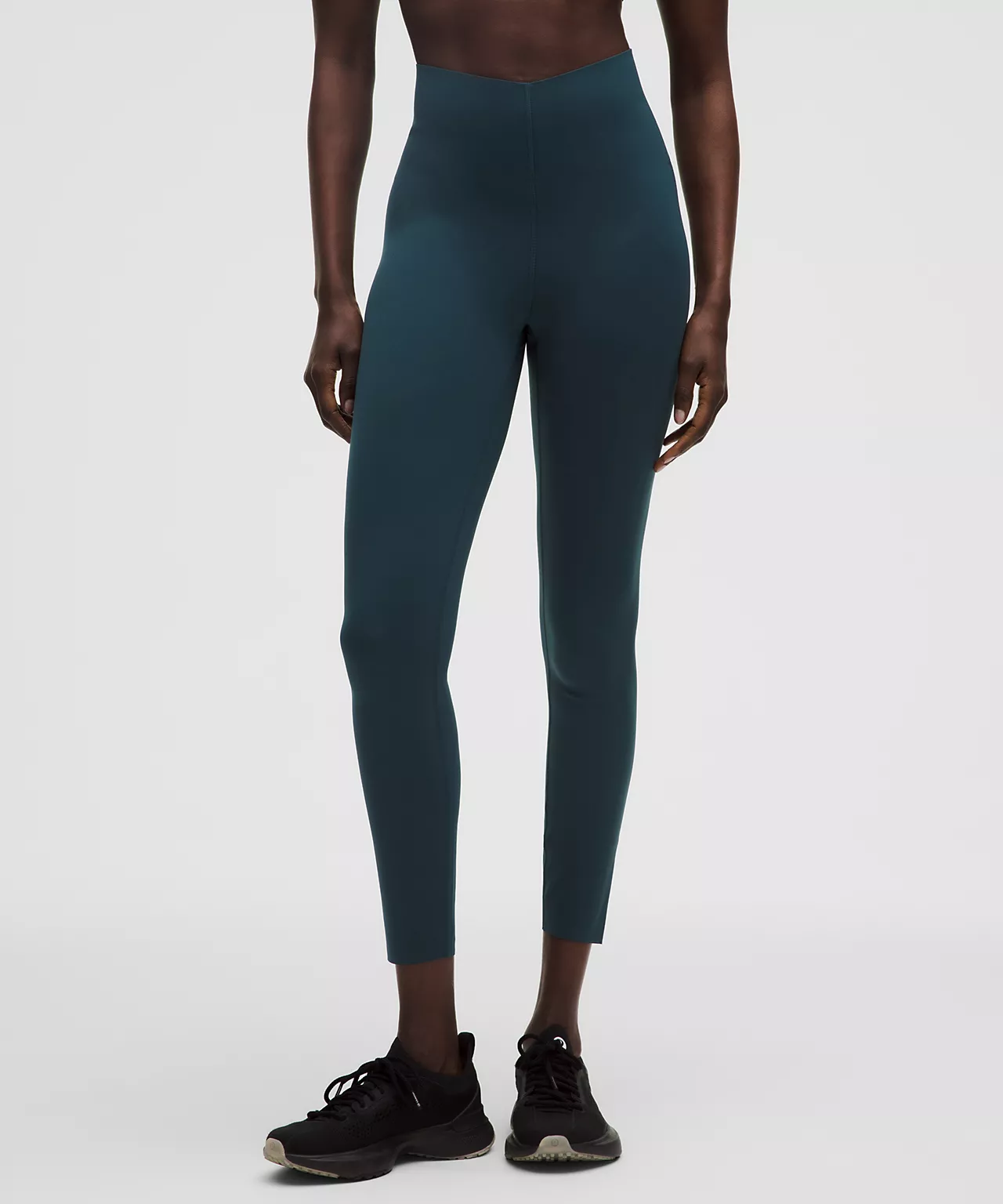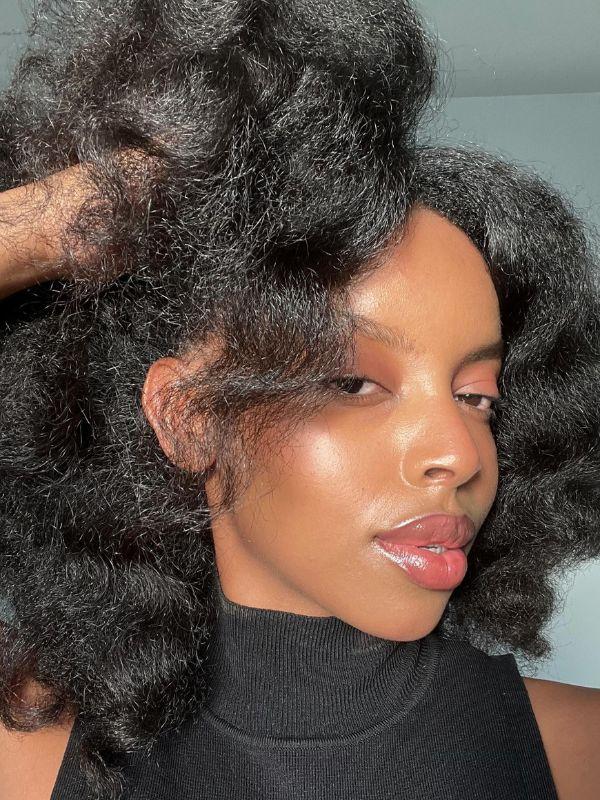
If you’re at all interested in skincare then you’ve probably heard of the term ‘double cleansing’, a technique which involves applying first an oil-based cleanser to the skin to remove SPF and makeup, followed by a gel cleanser for a deeper cleanse that leaves skin feeling fresh and squeaky clean. As an esthetician, it’s one of my favourite skincare hacks because it’s so effective and efficient—you should never underestimate how beneficial a deep cleanse is to every skin type.
I was recently explaining the technique to a client when it occurred to me that perhaps the same process could work with hair… I have very thick hair, and find that any styling products I use always leave residue on my scalp, which over time builds up (alongside oil and dead skin) and leaves my roots feeling heavy, flaky, and greasy. A few quick Google searches later and I realised that double shampooing actually is an expert-approved technique, recommended by trichologists to people looking to improve their scalp and hair health.

Scalp health is a huge trend within the beauty world right now, and for good reason. “A healthy scalp provides an optimal environment for hair follicles to grow and produce strong, healthy hair,” explains Krysia West, trichologist at Aveda. “When the scalp is unhealthy, it can lead to conditions like dandruff, scalp infections, or inflammation, which can impede hair growth or cause hair loss.”
“By keeping an unhealthy scalp, it can be itchy, dry, or irritated, causing discomfort and affecting your overall well-being,” she says. This is certainly something I’ve noticed, and while it can be easy to jump to the conclusion that flakes in your scalp equals dandruff or oiliness means you’re not washing your hair enough, it’s important to recognise that any number of things can lead to these symptoms—in my case, product buildup.
“A clean and unclogged scalp allows hair follicles to function optimally. It allows for better nutrient absorption, oxygenation, and natural oil distribution, supporting healthy hair growth,” adds West. “The scalp produces natural oils (sebum) that can accumulate along with dirt, dead skin cells, and residue from hair products. Over time, this buildup can clog the hair follicles, leading to issues like dandruff, scalp acne, and hindered hair growth. Deep cleansing helps to remove these impurities, keeping the scalp clean and free from buildup.”
“When you double cleanse the scalp, the first round of cleansing helps to remove surface-level dirt, oil, and product buildup from the scalp,” explains West. “The second round ensures a deeper cleanse, reaching deeper layers and ensuring that all residue is effectively removed. This thorough cleansing helps to promote a cleaner and healthier scalp.” So, by thoroughly cleansing your scalp, you’re reducing the risk of more serious scalp conditions like dandruff, itchiness, or scalp acne by removing the factors that can contribute to their development, such as dead skin cells, bacteria, or fungal growth.

For the first cleanse, West recommends using a clarifying or purifying shampoo. “These types of shampoos are specifically formulated to deeply cleanse the scalp and remove impurities, excess oil, and product buildup effectively,” she explains. “They are typically more concentrated and stronger in cleansing agents compared to regular daily shampoos.”
Just as with a double cleansing technique in skincare, the first shampoo cleanse is intended to remove surface-level impurities and buildup, preparing the scalp for the second cleanse. “It’s important to balance the deep cleansing benefits with the potential drying effect by following up with a moisturising conditioner or treatment during the second cleanse,” advises West. Personally, for my second cleanse, I like to use a shampoo that focusses more on achieving my hair goals, so usually something which promises to boost shine and softness. But depending on your hair type, you could for this step consider a volumising shampoo, curl-enhancing shampoo, or colour-protecting shampoo.
To begin, West recommends wetting hair thoroughly before applying shampoo. “Make sure your hair is completely wet because this helps to evenly distribute the shampoo and create a lather,” she adds. “The amount of shampoo you need depends on the length and thickness of your hair. Start with a small amount, typically a quarter-sized dollop, and adjust as needed. You can always add more if necessary, but using too much shampoo can lead to product buildup and make it harder to rinse out.”
When it comes to applying the shampoo, West advises focussing on the scalp. “Begin by applying the shampoo directly to your scalp rather than the lengths of your hair. The scalp is where most of the oil, dirt, and product buildup accumulate. Use your fingertips, not your nails, to gently massage the shampoo into your scalp using circular motions. This helps to stimulate circulation and promote a thorough cleanse.”
“Once you have massaged your scalp, you can distribute the remaining lather through the lengths of your hair. However, in most cases, the shampoo that rinses through the lengths while rinsing your scalp should be sufficient to cleanse the hair,” she explains. Rinsing thoroughly is essential especially if, like me, you experience product buildup, and in addition West also advises people in my position to avoid applying conditioner to the scalp as this can contribute to buildup.
“Finally, you should avoid washing your hair too frequently, as it can strip the scalp and hair of natural oils, leading to dryness and potential damage,” she adds. “How often you should wash your hair depends on your hair type, scalp condition, and personal preference. Aim for a balance that keeps your scalp and hair clean and healthy without over-stripping them.”


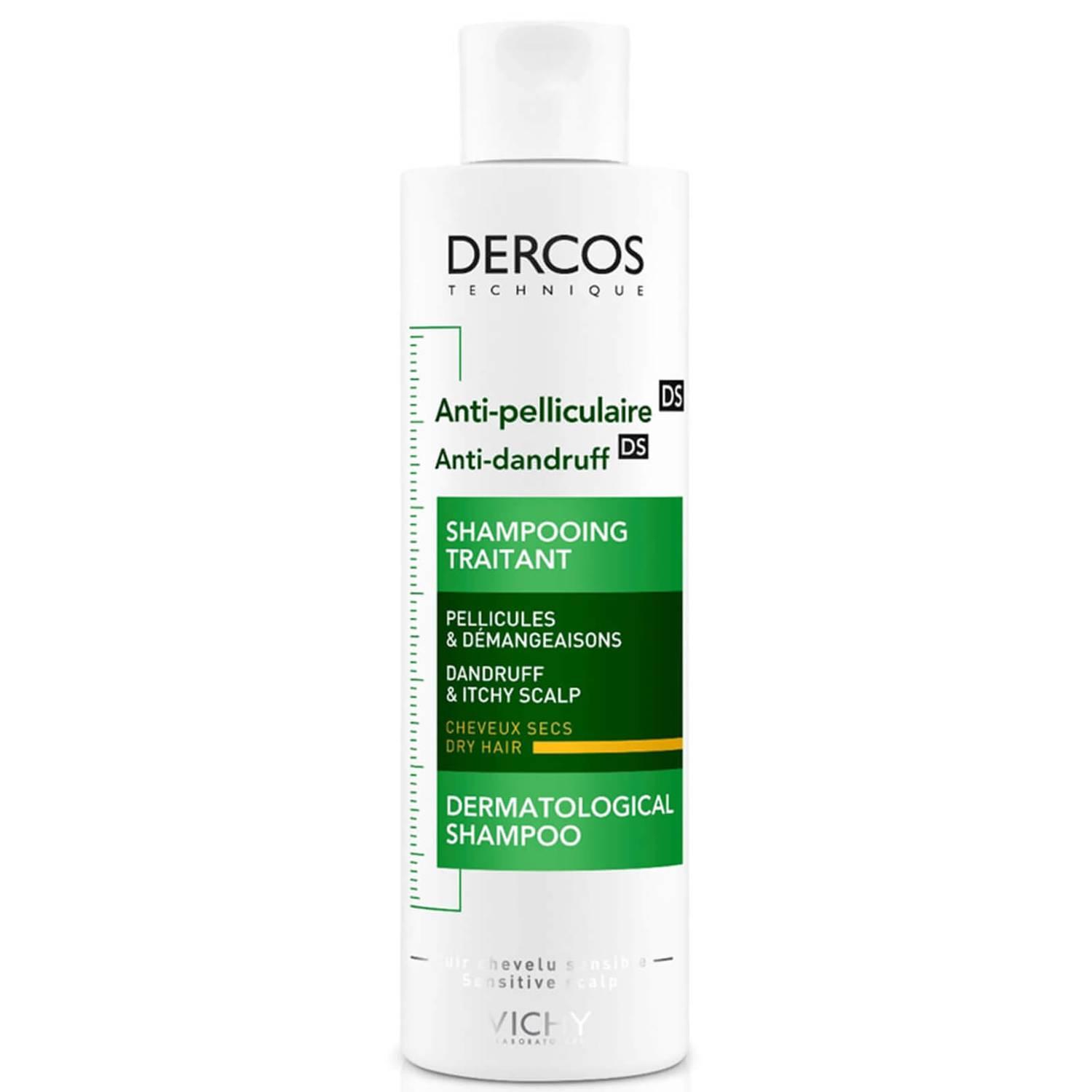
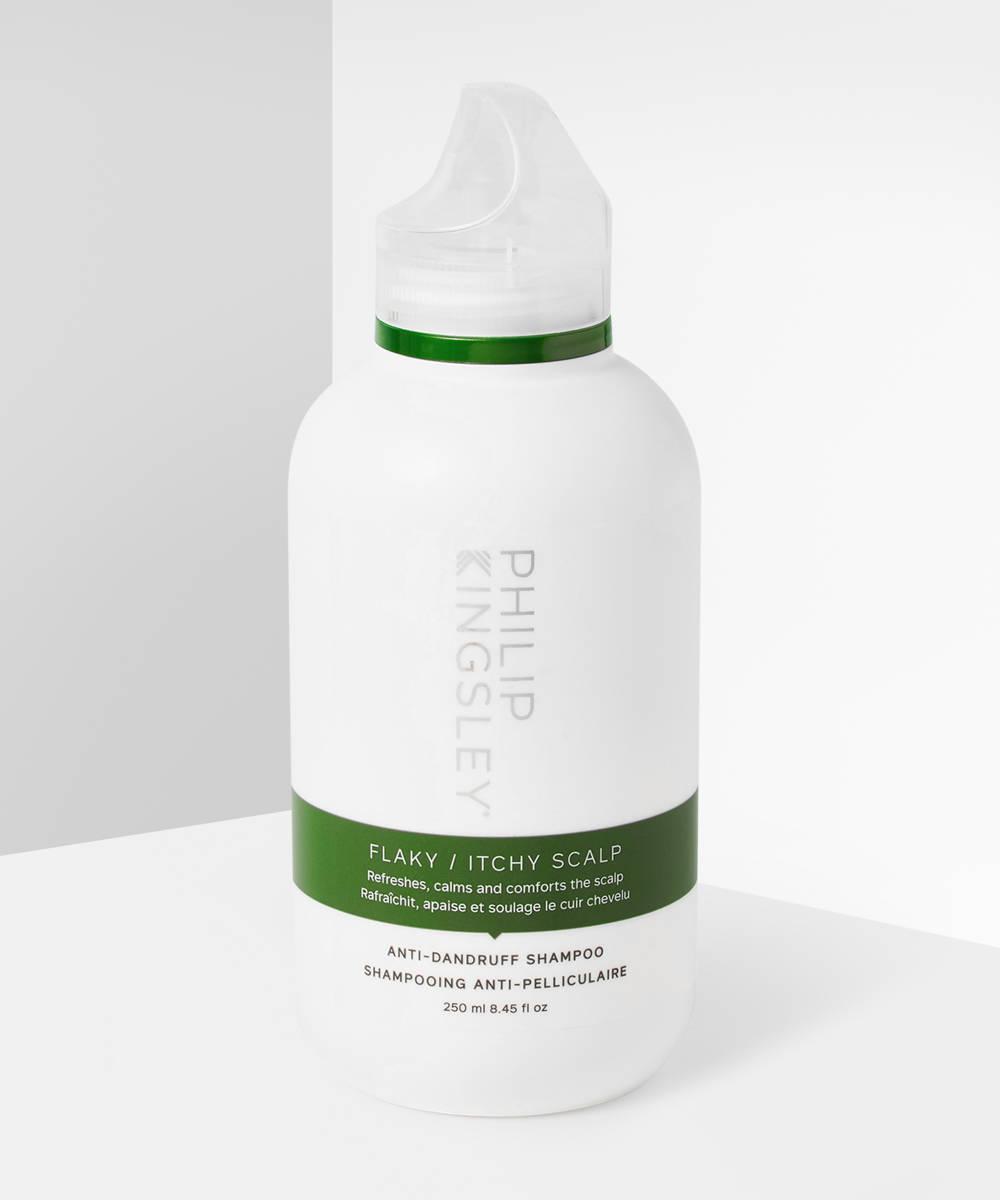

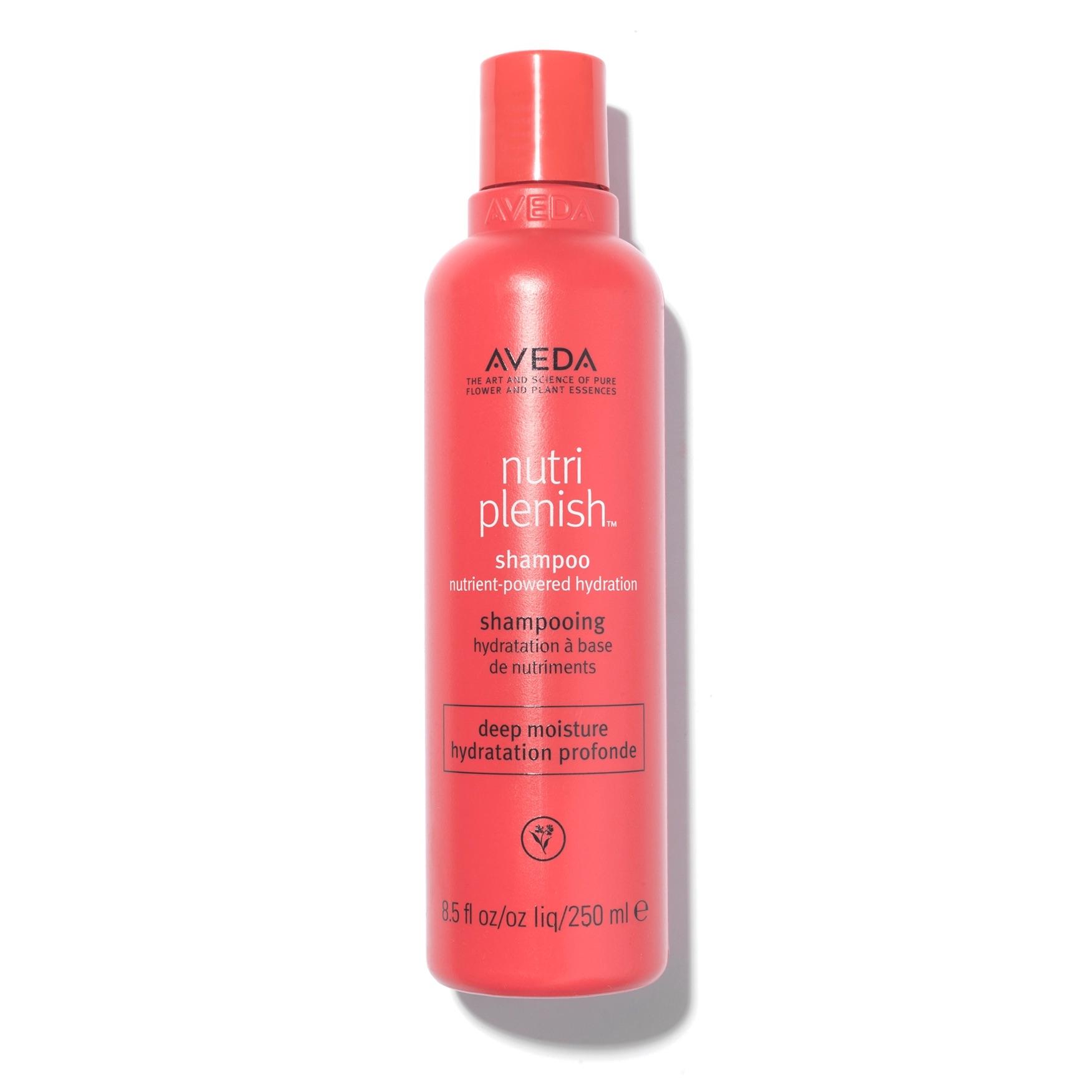

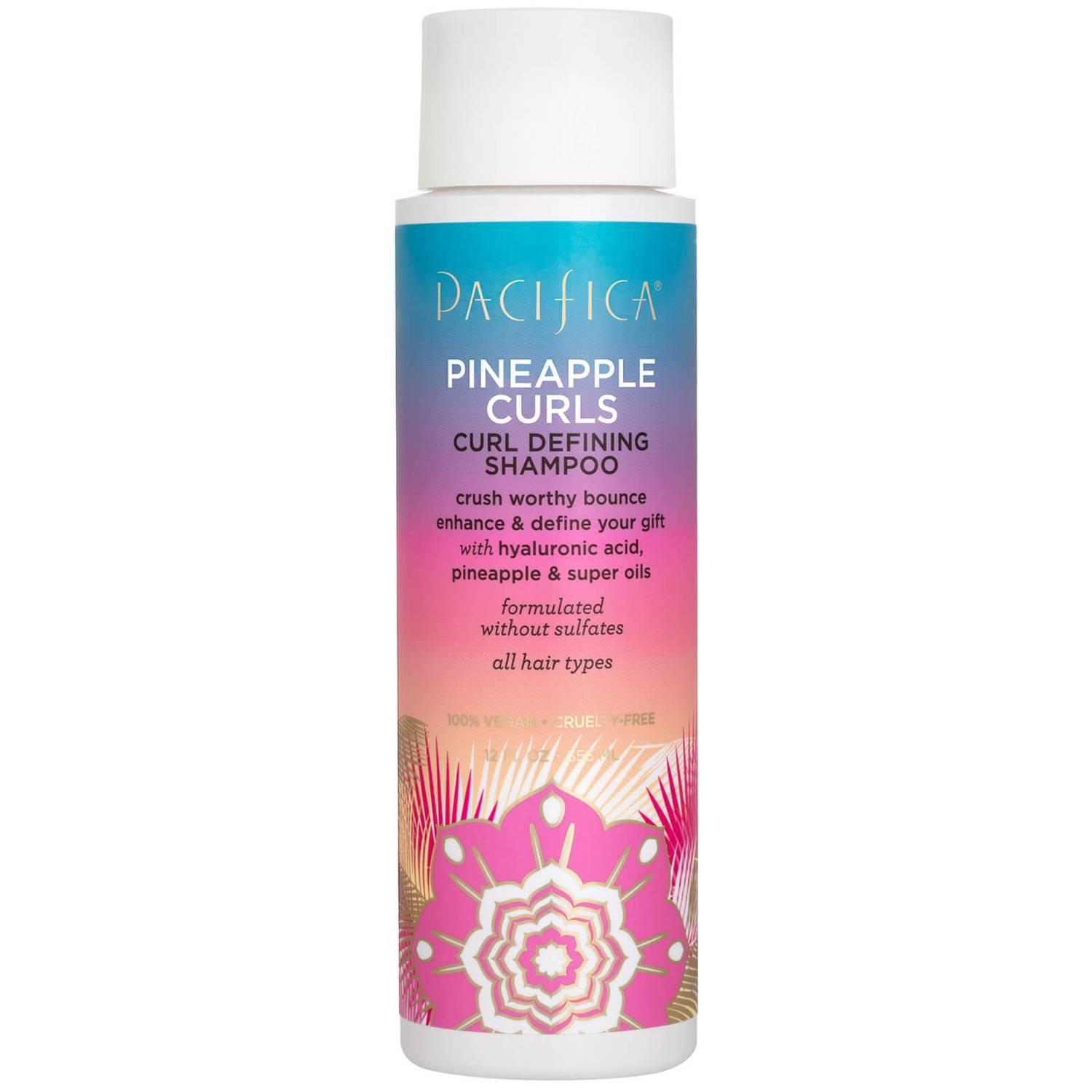

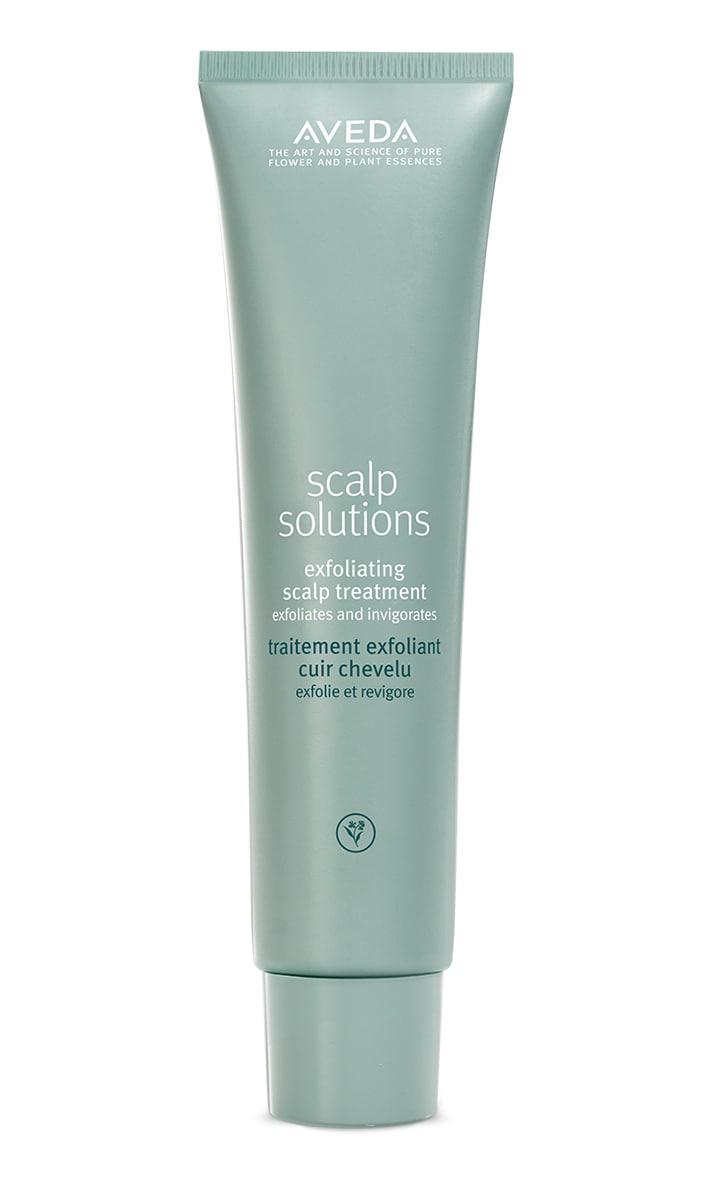
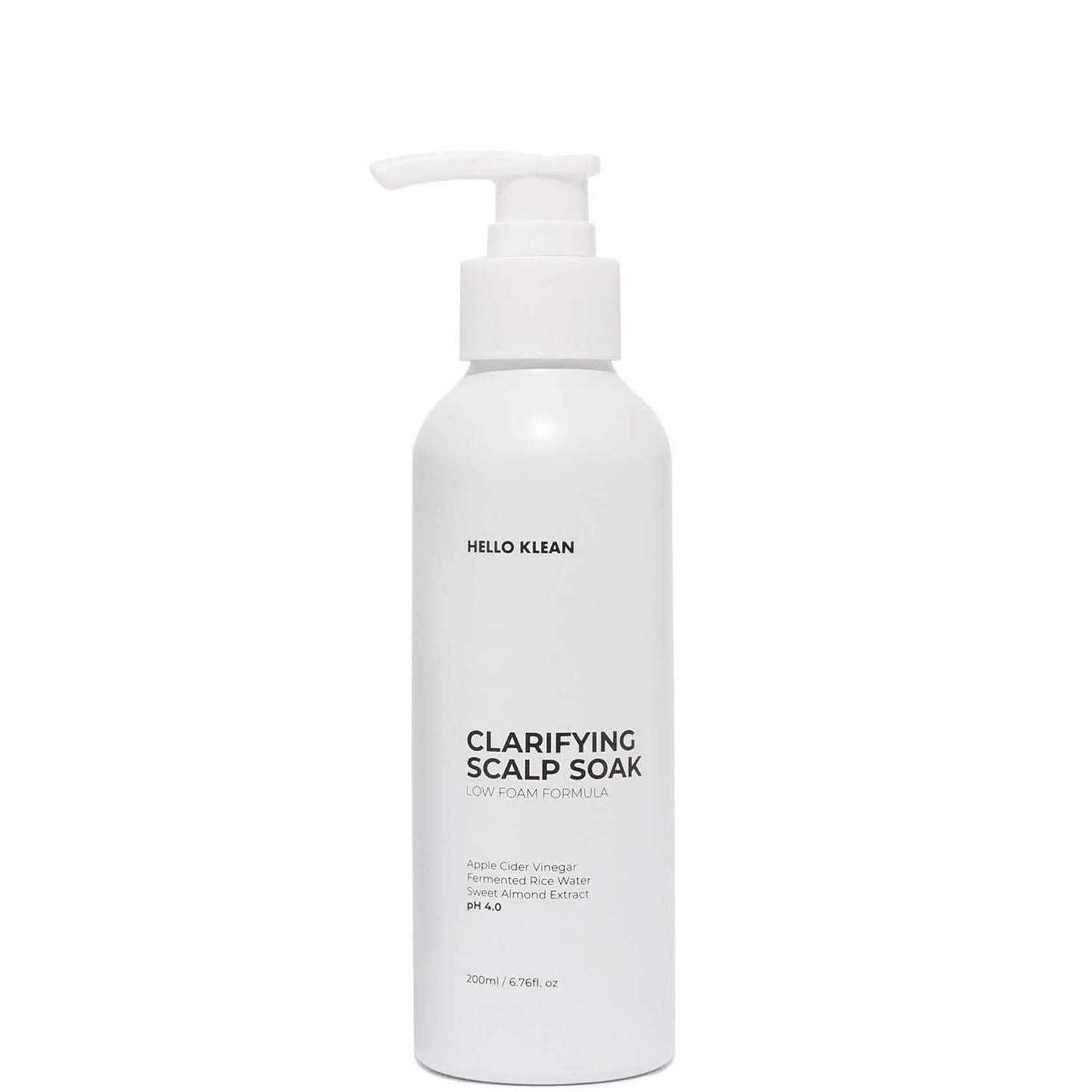
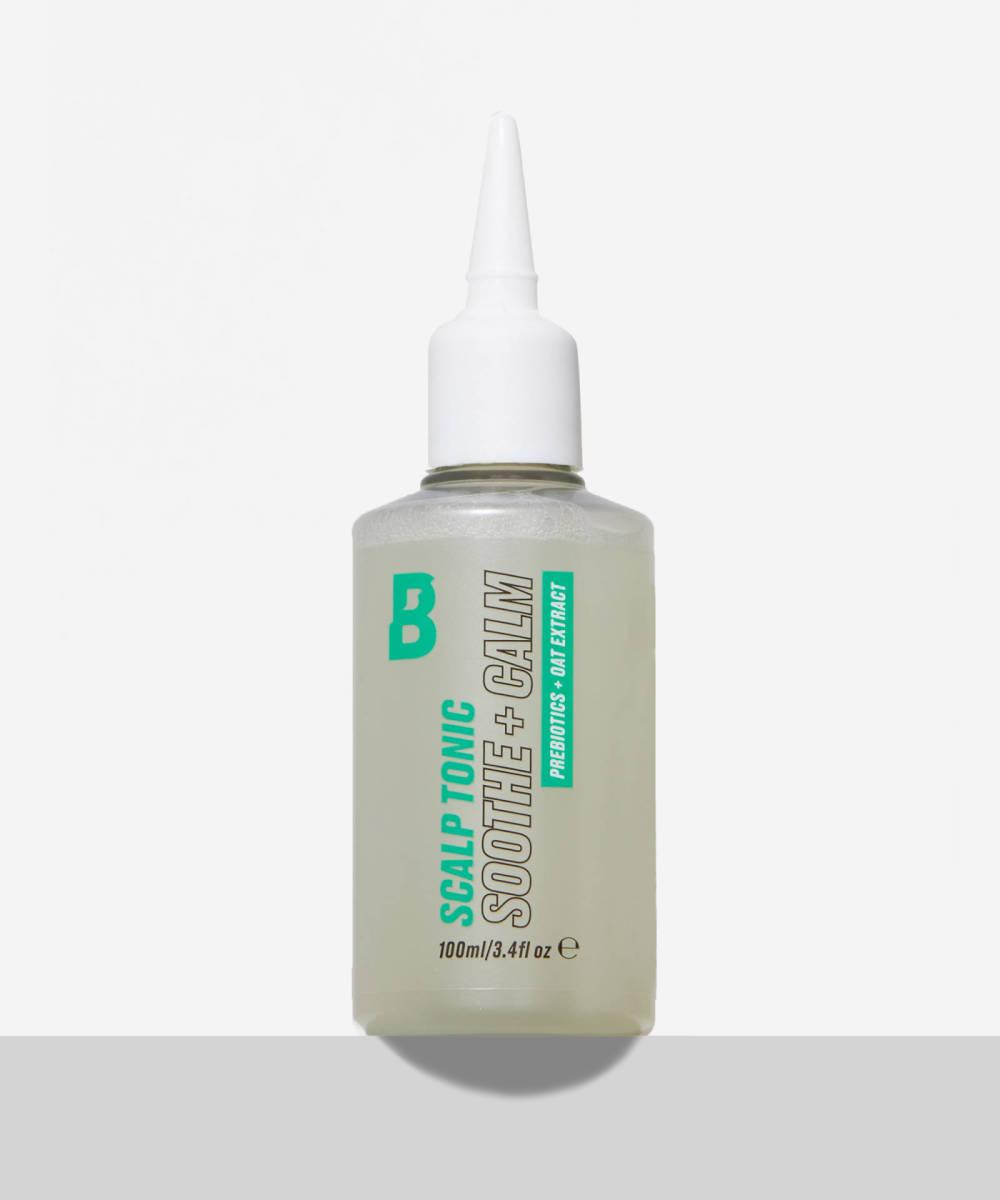
Next Up: 17 Effective Products for Hair Growth, According to Editors Who’ve Tried Them



